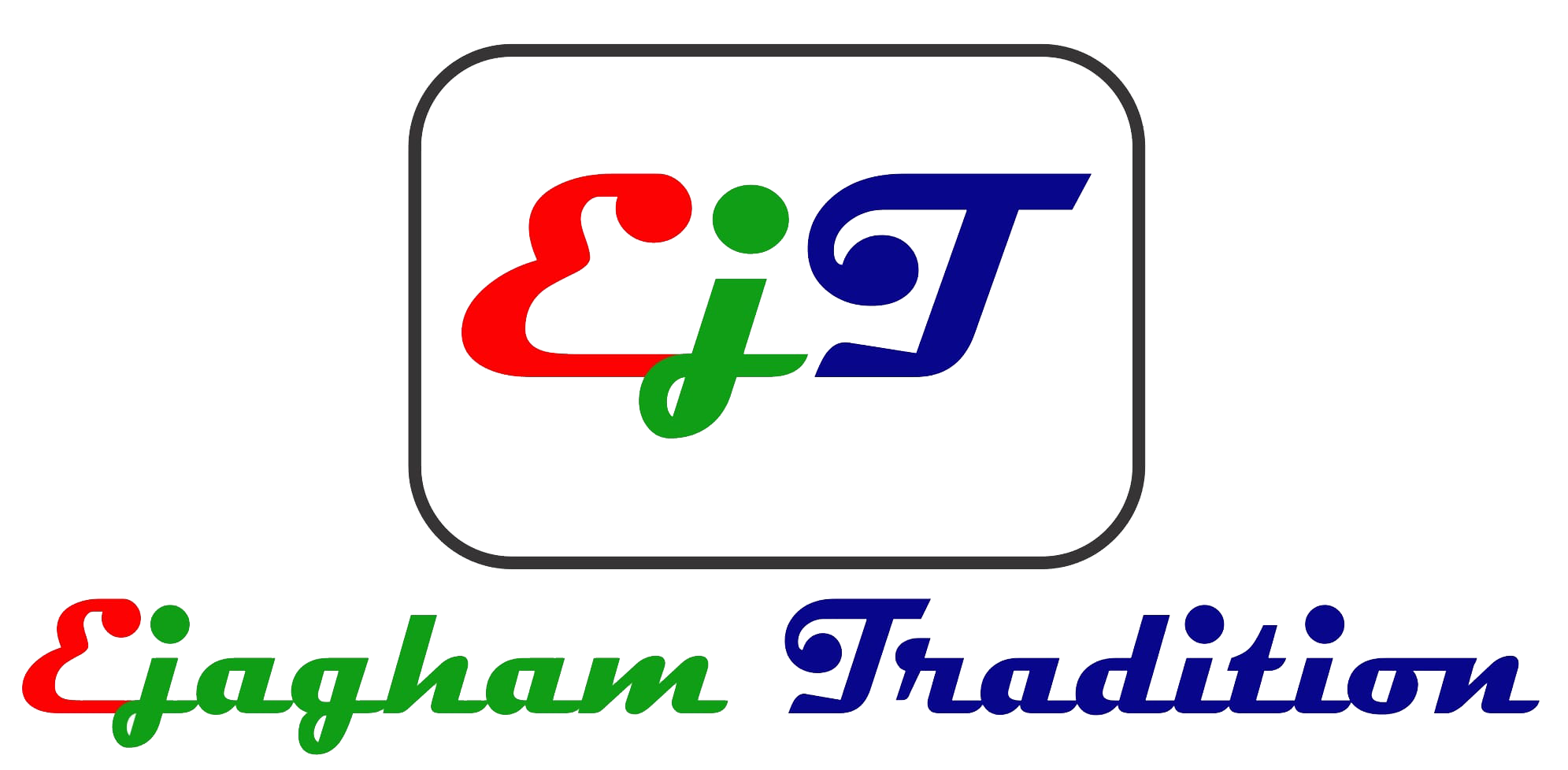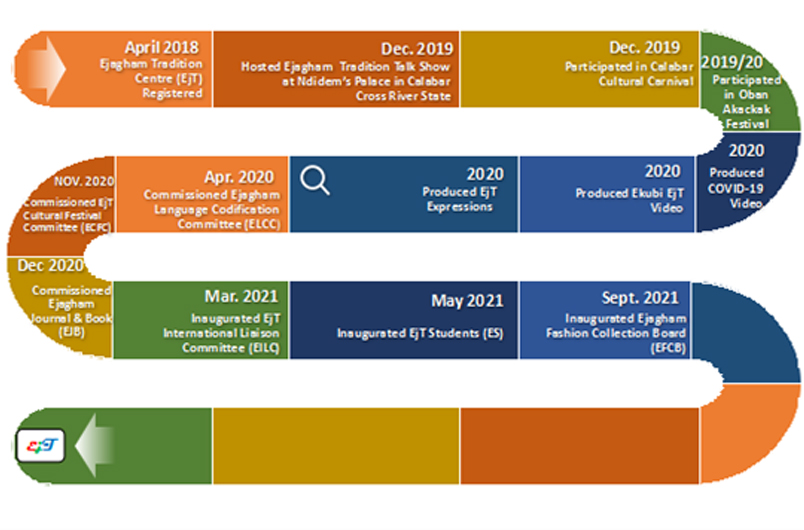Ejagham refers to a unique people with a shared cultural heritage occupying an expanse territory in today’s South-South Nigeria and South West of the Cameroons. It is one of the many surviving pieces of evidence to the Scramble for Africa and the Berlin Conference of 1884-1885 which partitioned Africa with no regard for indigenous boundaries. In the Ejagham experience, the plebiscite of 1961 cemented the separation of the nation into the French Colonised Cameroon and British colonised Nigeria. A wider Ejagham history reveals its Eastern and Southern African connections, with strong cultural marks in Latin America and the Caribbean, by the influence of the infamous Transatlantic Slave trade.
Today, Ejagham is predominant in Nigeria’s Cross River State and the Cameroon’s Manyu Division. Sadly, it is existing in these separate countries as a minority culture. Hence, its tradition is currently an “at-risk” tradition.
Ejagham cultural heritage is at risk of erosion, dilution, adulteration, misinterpretation, and in some cases extinction. This risk is further amplified by the gap that exists between Ejagham Traditional Practices (ETP) and contemporary times. This widening gap threatens the very survival of Ejagham tradition, the services it provides to Ejagham People and Local Communities (EPLC), Africa, and humanity in general. This gap is influenced mainly by modernisation, urbanisation, migration, especially of young people, technology, lack of standardisation of ETP, inability to harness Ejagham tradition potentials to socioeconomic advantages, general short attention span in the modern era, lack of one stop-shop for ETP, to mention a few.





